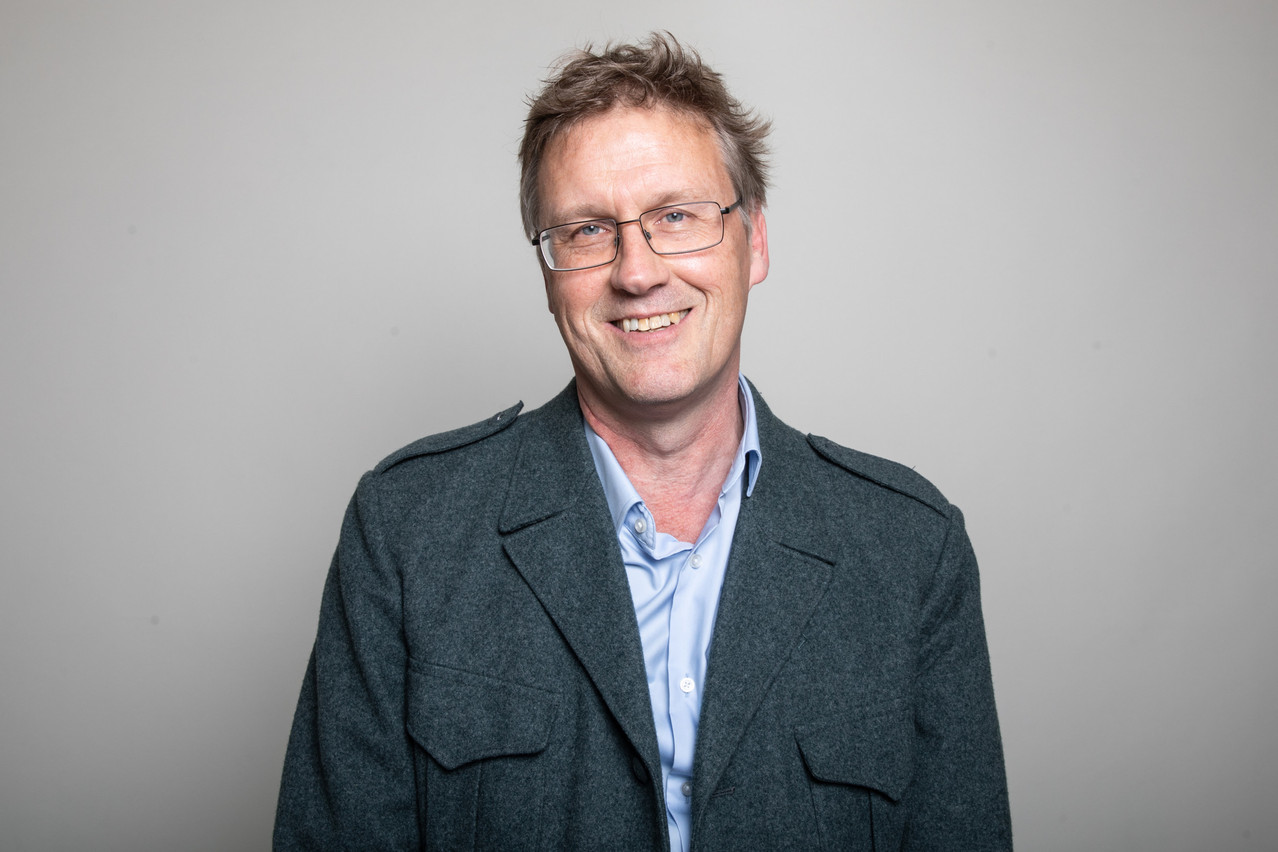What key milestones would you like to underscore since the museum opened to the public in 2012?
Our activities have evolved over the last 10 years, as shown by unique exhibitions that demonstrate our national heritage and showcase the evolution of Luxembourg’s identity. The multimedia formats in exhibitions have also advanced over this period.
A monumental event that brought great exposure internationally--but also among resident communities--was the 2017 visit of the Duchess of Cambridge [Kate Middleton] and the exhibition to mark the 150th anniversary of the signing of the Treaty of London.
I see our key milestones in terms of each exhibition, which is always evolving. Each exhibition attracts different groups and distinguished guests based on the topics.
At 10 years, we have stepped into adolescence and reached a point where we have to take stock of what was good or not so good to see how we evolve further.

Musée Dräi Eechelen opened on 13 July 2012. Matic Zorman/Masion Moderne
What will be the focus of the next temporary exhibition?
The exhibition will show a decade of the museum’s collections. What we were able to acquire, what was offered to us and what we bought in the past 10 years.
Often, before each exposition, we collect some rare historical pieces people show to us, and what we will do as part of this exhibition is to display the most interesting pieces. We have made a choice and will present them in more detail. Some of the items are from ancient families that have migrated, and the pieces have artistic and/or historical value. They represent pieces of a bigger story, and if you consider the different elements, you will have a global understanding about these people communicated via the pieces.
The exhibition will last until March 2023. We will then see if we should prolong it. Past exhibitions have mostly been thematic, but this time we will focus on the object as a whole and say as much as possible about the object in detail.
Did free entry since 2019 help boost the visitation rate? Any serious implications for the museum’s revenue?
We’ve been through quite a difficult period with covid, where the numbers for all the museums in Luxembourg dropped a lot, also because there weren’t school visits. I’m not telling a big secret if I say that our numbers went down to about a third of visitors [as a result]. One of the measures was to introduce free entry for the permanent exhibition since 2019. Also, thanks to the culture minister [Sam Tanson], the last temporary exhibition was free to the public to facilitate access to the museum during covid.
I think we lose more if we have high entrance fees that stop people from coming because our common goal is to show people what we have and not to deter them. But we must also pay attention to the collective of museums because if one is free and the others aren’t, it’s not ideal. To come back to our figures, even during covid, we saw four times as many visitors for the Légionnaires exhibition because of the theme but also largely due to the fact that it was free.
Do virtual tours subtract from the museum experience?
It is an additional means... It doesn’t replace the actual visit, but it can help prepare for the visit.
What other surprises does M3E envisage to commemorate the 10th anniversary?
We are working on a nice programme for the exhibition with musical performances. The main surprise will be the new things we will be exhibiting, a sort of re-enactment [for guests]. There will be conferences and certainly other surprises.
